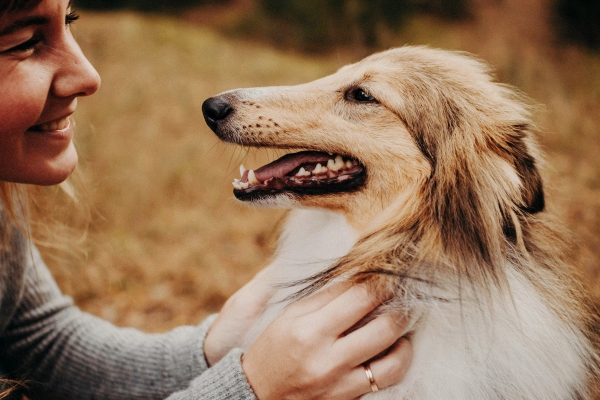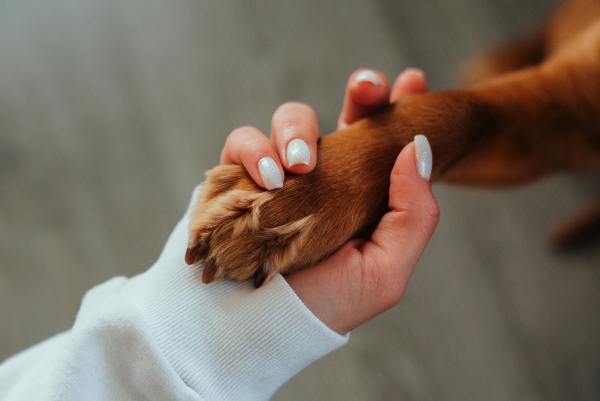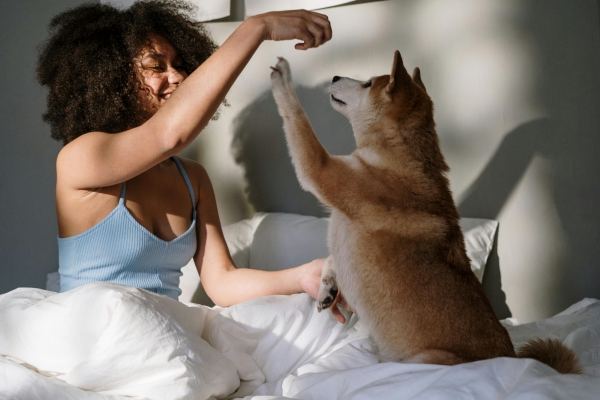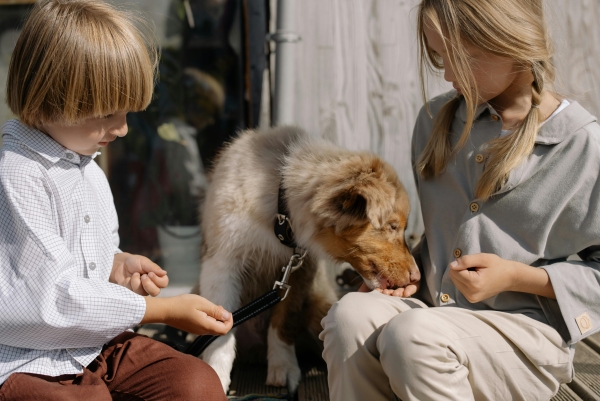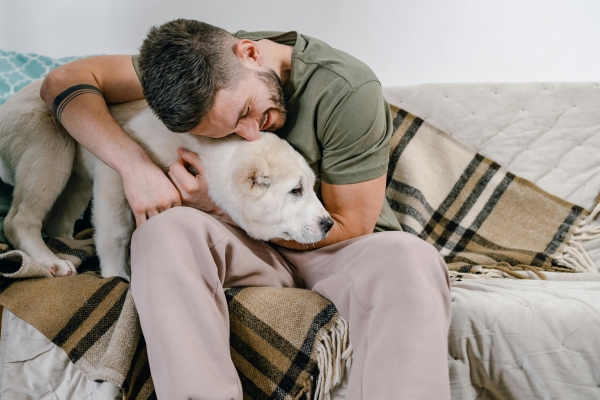Changes in Your Dog’s Behavior with Age,Adjusting to a Senior Dog
Few people want to admit that their beloved dog is entering their twilight years. While some dogs can live into their 30s, like the Australian Cattle Dog Chilla who lived to 32, most dogs typically live between 7 and 13.5 years. As your dog enters its golden years, you can expect some of the following changes.
1. More Vocal
As dogs age, they may bark more frequently. This doesn’t mean they are more talkative; it could be due to cognitive dysfunction, hearing loss, or pain from conditions like arthritis. Take your dog for a thorough check-up to rule out any medical issues. If there are no physical causes, try training your dog to be quiet on command and reward them generously when they comply. Using non-shock anti-bark collars, like citronella collars, might also help. If necessary, consider calming medications.
2. Restlessness or Nighttime Waking
Your senior dog may experience hearing or vision loss, affecting their sleep quality. They might need to go to the bathroom more frequently but struggle to get there in time. Older dogs may also overreact to noises that previously didn’t bother them. Try tiring your dog out with play during the day and especially before bed. Scheduled wake-up calls for bathroom breaks can also help. Only use sleep-inducing medications or drugs to keep your dog alert during the day as a last resort.
3. Separation and Other Anxiety Issues
Dogs may show anxiety by becoming irritable and sensitive, panicking around strangers and other pets, and sometimes displaying aggression. They might also dislike being touched or confined, follow you more, and seek increased physical contact. Destructive behavior at exits (windows and doors) and refusal to eat when family members are away are common signs. Behavior modification training might be the best solution for these issues.
4. Indoor Accidents
If your dog starts having accidents indoors, it’s not out of disobedience. Possible reasons include decreased mobility, increased urgency, reduced bladder control, and severe organ issues or even brain tumors. Take them to the vet to rule out medical issues. If it’s not medical, repeat house training as you would with a puppy. Increasing bathroom breaks and rewarding good behavior should help remind them where to go.
5. Destructive Behavior
Destructive behavior can be distressing, sometimes damaging valuable items or even harming the dog itself. Examples include pica (eating non-food items like pencils), chewing, sucking, or licking household items or family members, and digging or scratching. While these behaviors might be due to cognitive or physical ailments, you can help by dog-proofing your home and providing appropriate chew toys like rawhide.
6. Fear and Panic
Seeing your dog tremble in fear is heartbreaking. As dogs age, deteriorating vision can make the world a scary place. Keep their environment consistent so they don’t trip over moved objects, and play background music to mask noises. Before seeking help from a behaviorist or pheromone treatment specialist, ensure your vet rules out any medical causes.
7. Compulsive or Stereotypic Behavior
These behaviors are repetitive and ritualistic with no apparent function. Examples include excessive licking or grooming leading to “hot spots,” tail chasing or spinning, jumping and pacing, catching imaginary flies or snapping at the air, or staring into space. These behaviors may stem from cognitive or medical issues but often result from anxiety or conflict. If the latter, dogs may find comfort in these actions, making the behaviors hard to break. Consult a vet or behaviorist to determine if treatment or medication is necessary.
8. Unprovoked Aggression
With declining hearing, vision, and smell, your dog may struggle to detect people or objects entering its personal space, making it more easily startled than when younger. Identifying the specific cause of the behavior is crucial for effective treatment. For instance, fear-based aggression might worsen with a head halter. Behaviorists can be invaluable in addressing aggression, and their retraining methods are very effective. Once triggers are identified, work to minimize them.
9. Insomnia
Senior dogs might wake up at night due to the need to eliminate, separation anxiety, or physical pain. If you find early morning accidents, stop giving them food and water a few hours before bedtime. If separation anxiety is suspected, consider letting your dog sleep with you. Always have your vet check for any physical issues causing pain; addressing these can often restore normal sleep patterns.
10. Grieving a Companion Pet’s Loss
Although not extensively studied, pet parents with multiple dogs know they can form deep bonds. When dogs are adopted together, many life experiences are shared into their senior years. Signs of grief include reduced activity and appetite, restlessness, anxiety, sleep disturbances, depression, and “searching” for the missing companion. Help your pet through this tough time by giving extra attention and, if possible, introducing a new pet to fill the void left by their lost companion.
By paying attention to these behavioral changes, you can better care for your senior dog, ensuring they remain comfortable and happy in their later years.

